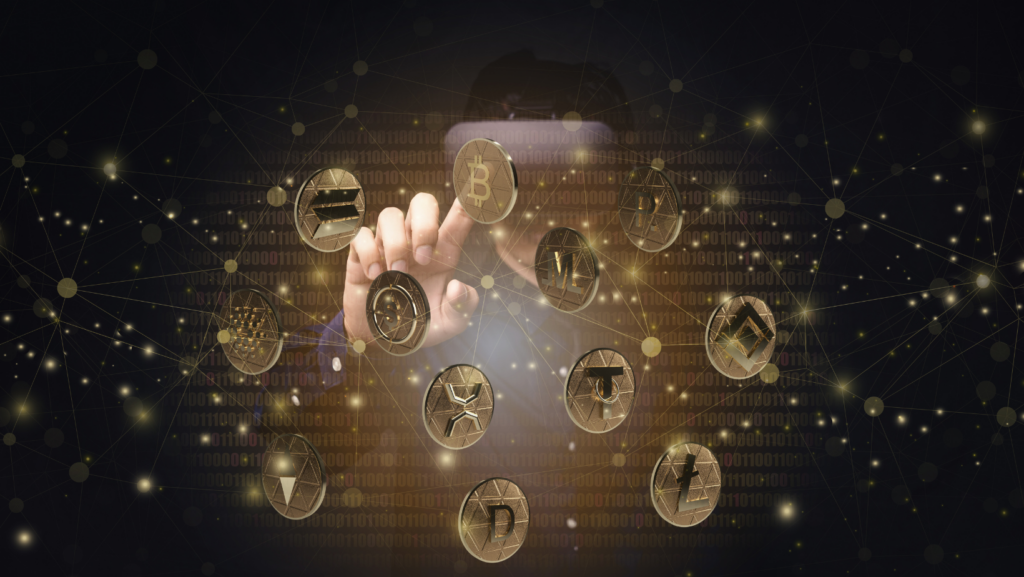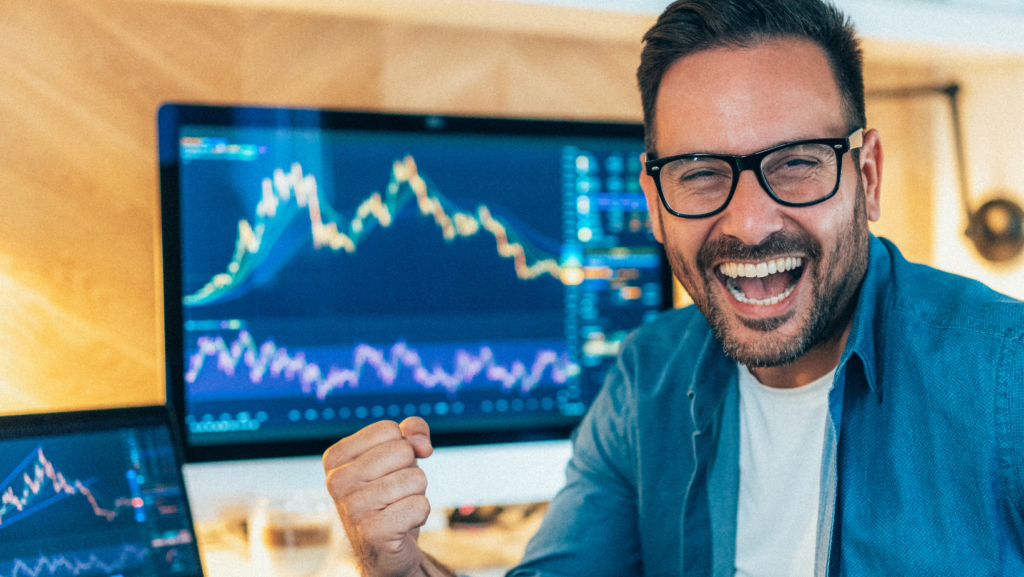Welcome to the digital revolution. As pixels replace paint and blockchain replaces brushes, there’s a new art form taking the world by storm. Non-Fungible Tokens, or NFTs, are redefining the way we perceive and value art. But it’s not just art; it’s music, real estate, and even tweets.
NFTs Now
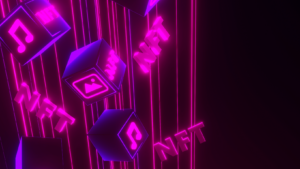 In the past few years, NFTs have surged in popularity and value. Considered the digital gold rush, NFT sales reached a record $2.5 billion in the first half of 2021, according to data from NonFungible.com. A stark contrast from just $13.7 million in the first half of 2020. This explosion in interest begs examination.
In the past few years, NFTs have surged in popularity and value. Considered the digital gold rush, NFT sales reached a record $2.5 billion in the first half of 2021, according to data from NonFungible.com. A stark contrast from just $13.7 million in the first half of 2020. This explosion in interest begs examination.
One key driver of NFT growth is the hard-to-fake proof of authenticity, termed “provenance”, that blockchain technology offers. This allows buyers to be secure in their purchase of a unique digital asset. Famous examples illustrate this trend. Artist Beeple, for instance, sold an NFT artwork for $69 million at Christie’s auction house in March 2021.
On the other hand, social media influencers and celebrities, like Twitter Inc.’s CEO Jack Dorsey, have capitalized on the NFT boom. Dorsey’s first-ever tweet sold for over $2.9 million as an NFT.
Moreover, the swell in NFT activity is not restricted to art or tweets. Virtual real estate, music albums, domain names, and other digital entities have joined the NFT foray, transforming the concept of ownership in the digital ecosystem. NFT’s rise underlines a paradigm shift in the perception and valuation of digital artifacts.
Key Features of NFT Now
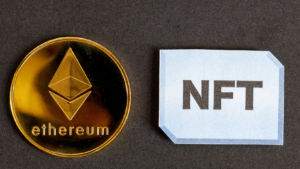 Uniqueness forms the cornerstone of NFTs, with each token representing distinct, verifiable digital assets. Cryptographic hashes, unique to each NFT, encode for this individuality. Unlike fungible tokens, say Bitcoin or Ethereum, an example being that one does not equate to another as each carries its distinct data and attributes.
Uniqueness forms the cornerstone of NFTs, with each token representing distinct, verifiable digital assets. Cryptographic hashes, unique to each NFT, encode for this individuality. Unlike fungible tokens, say Bitcoin or Ethereum, an example being that one does not equate to another as each carries its distinct data and attributes.
Ownership, another salient feature, establishes incontrovertible possession in the digital plane. It’s akin to holding a deed to a physical property, but conferring rights over a piece of artwork, an animated character in a video game, or even a virtual plot of land in a digital realm.
Interoperability of NFTs enables them to move across different blockchain platforms, providing flexibility for the asset holder. Given that one NFT can seamlessly transition from a marketplace like OpenSea to a virtual world, Decentraland, it’s indicative of this trait.
Irreversibility stands as the ultimate safeguard for owners. Following a transaction, an NFT can’t be modified or erased, cementing its integrity. Proof of this permanence lies in the sale of significant assets, such as Beeple’s art piece or Jack Dorsey’s tweet. The transaction records are immutably logged, ensuring their continued existence and ownership trail.
Benefits and Challenges of NFT Now
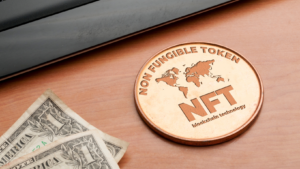 In the digital asset market, NFTs confer significant benefits. They offer a unique digital scarcity, establishing unparalleled ownership claims for buyers. Post-purchase, the purchase itself gets logged in a public ledger, securing permanent proof of authenticity, an attribute particularly enticing for collectors. Moreover, NFTs harbor potential for embedded royalties, effectively revolutionizing creators’ profit models; every resale reaps financial rewards for the original artist, disrupting traditional copyright laws.
In the digital asset market, NFTs confer significant benefits. They offer a unique digital scarcity, establishing unparalleled ownership claims for buyers. Post-purchase, the purchase itself gets logged in a public ledger, securing permanent proof of authenticity, an attribute particularly enticing for collectors. Moreover, NFTs harbor potential for embedded royalties, effectively revolutionizing creators’ profit models; every resale reaps financial rewards for the original artist, disrupting traditional copyright laws.
In parallel, NFTs face challenges questioning their viability. As digital files, they remain susceptible to unauthorized copies that theoretically can circulate endlessly, diluting the proclaimed uniqueness. On a broader scope, environmental concerns begin to surface. NFT transactions take place on energy-intensive platforms, sparking debates on ecological impacts. Lastly, the complexity in understanding NFT mechanisms could impede its mainstream adoption, despite its potential breakthrough in digital ownership.
How NFT Now Influences the Broader Art Market
NFTs have undeniably reshaped the art market. They’ve offered artists a new avenue to monetize their work and have challenged traditional notions of ownership and value. The rise of NFTs has brought with it the concept of digital scarcity, providing real value to digital assets. With notable sales like Beeple’s artwork and Jack Dorsey’s twitter, NFTs have proven their potential in the market.
Yet, they’re not without their challenges. Issues like unauthorized copies and environmental concerns pose significant hurdles. The complexity of NFT mechanisms also remains a barrier to mainstream adoption. However, despite these challenges, it’s clear that NFTs have made a lasting impact on the art market.

